A body brought into the sea from the surface. Which of the following graphs represents correctly the variation of the pressure P on the body with increase in the depth d? [1 atmospheric pressure ≈105Nm−2]

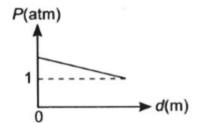
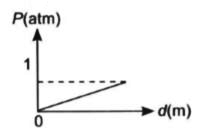
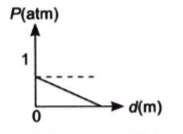
The correct Answer is:A
To solve the question regarding the variation of pressure P on a body with an increase in depth d in the sea, we can follow these steps:
Step 1: Understand the relationship between pressure and depth
The pressure P at a certain depth d in a fluid is given by the formula:
P=P0+ρgd
where:
- P0 is the atmospheric pressure at the surface (approximately 105N/m2),
- ρ is the density of the fluid (for water, approximately 1000kg/m3),
- g is the acceleration due to gravity (approximately 9.81m/s2),
- d is the depth below the surface.
Step 2: Identify the initial pressure at the surface
At the surface of the sea (where d=0), the pressure P is equal to the atmospheric pressure P0. Therefore, when d=0:
P=P0≈105N/m2
Step 3: Analyze how pressure changes with depth
As the depth d increases, the term ρgd increases linearly with d. This means that the pressure P increases linearly as well.
Step 4: Sketch the graph
- On the Y-axis, we plot the pressure P.
- On the X-axis, we plot the depth d.
- At d=0, P=P0.
- As d increases, P increases linearly due to the linear relationship established by the formula.
Step 5: Determine the shape of the graph
The graph will start at P0 when d=0 and will rise linearly as d increases. This indicates that the graph is a straight line with a positive slope.
Conclusion
The correct graph representing the variation of pressure P with an increase in depth d is a straight line starting from P0 at d=0 and increasing linearly.
Final Answer
The correct option is the one that shows a linear increase in pressure starting from atmospheric pressure as depth increases.
---
The pressure P at a certain depth d in a fluid is given by the formula:
- P0 is the atmospheric pressure at the surface (approximately 105N/m2),
- ρ is the density of the fluid (for water, approximately 1000kg/m3),
- g is the acceleration due to gravity (approximately 9.81m/s2),
- d is the depth below the surface.
At the surface of the sea (where d=0), the pressure P is equal to the atmospheric pressure P0. Therefore, when d=0:
As the depth d increases, the term ρgd increases linearly with d. This means that the pressure P increases linearly as well.
- On the Y-axis, we plot the pressure P.
- On the X-axis, we plot the depth d.
- At d=0, P=P0.
- As d increases, P increases linearly due to the linear relationship established by the formula.
The graph will start at P0 when d=0 and will rise linearly as d increases. This indicates that the graph is a straight line with a positive slope.
The correct graph representing the variation of pressure P with an increase in depth d is a straight line starting from P0 at d=0 and increasing linearly.
The correct option is the one that shows a linear increase in pressure starting from atmospheric pressure as depth increases.
Topper's Solved these Questions
Similar Questions
Knowledge Check
Which of the following x-t graphs represents the distance-time variation of a body released from the top of a buiding?
A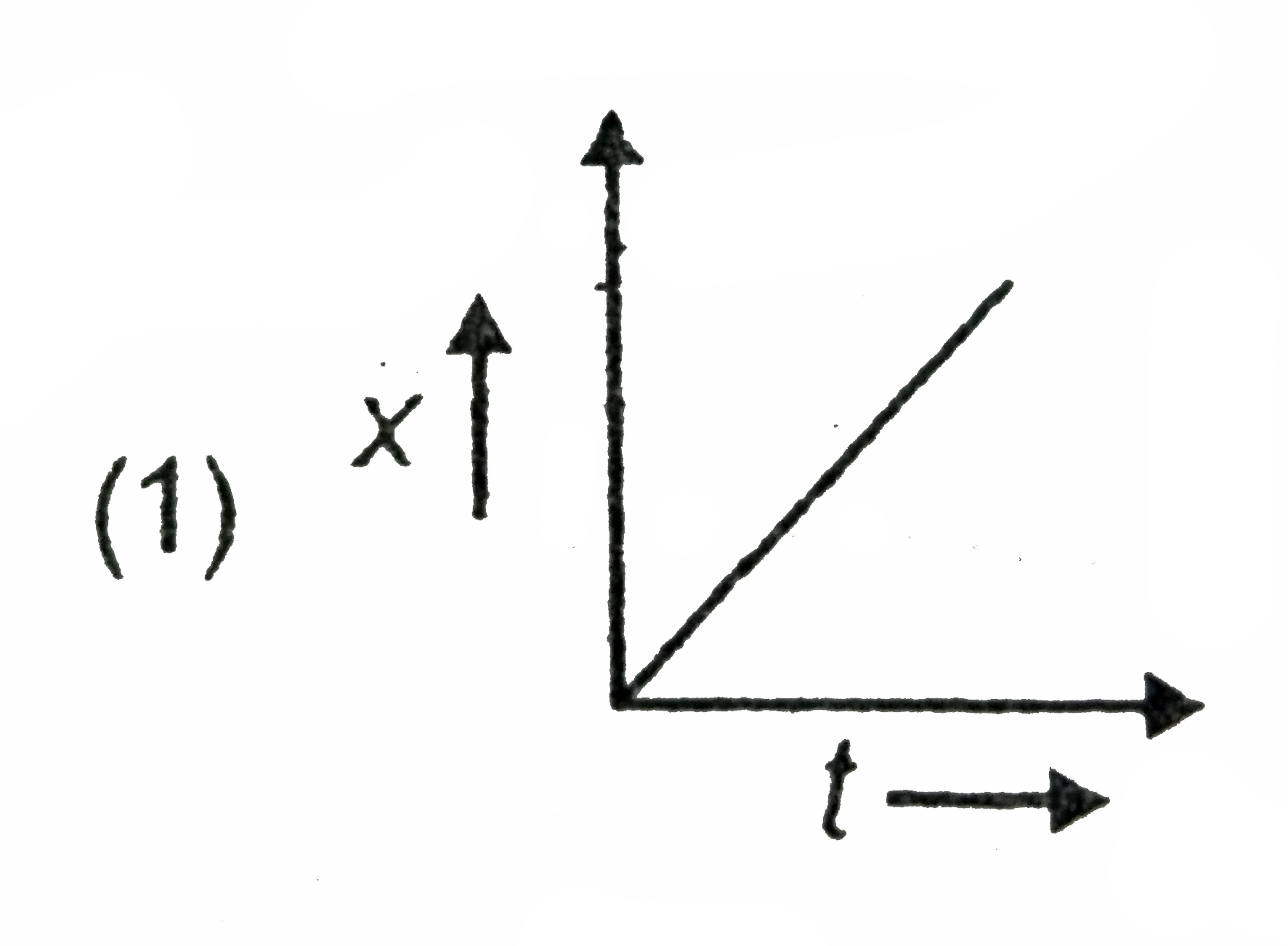 B
B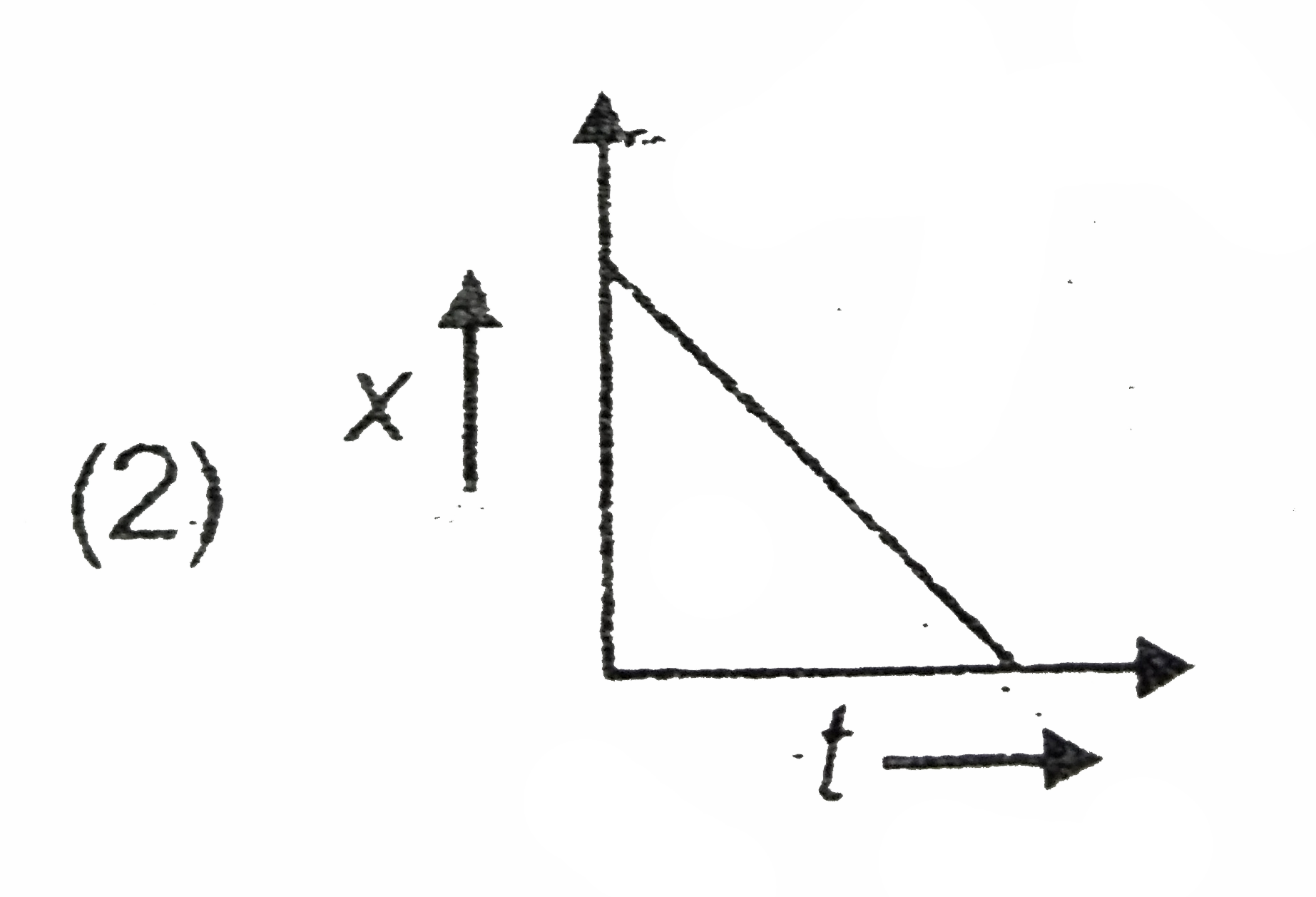 C
C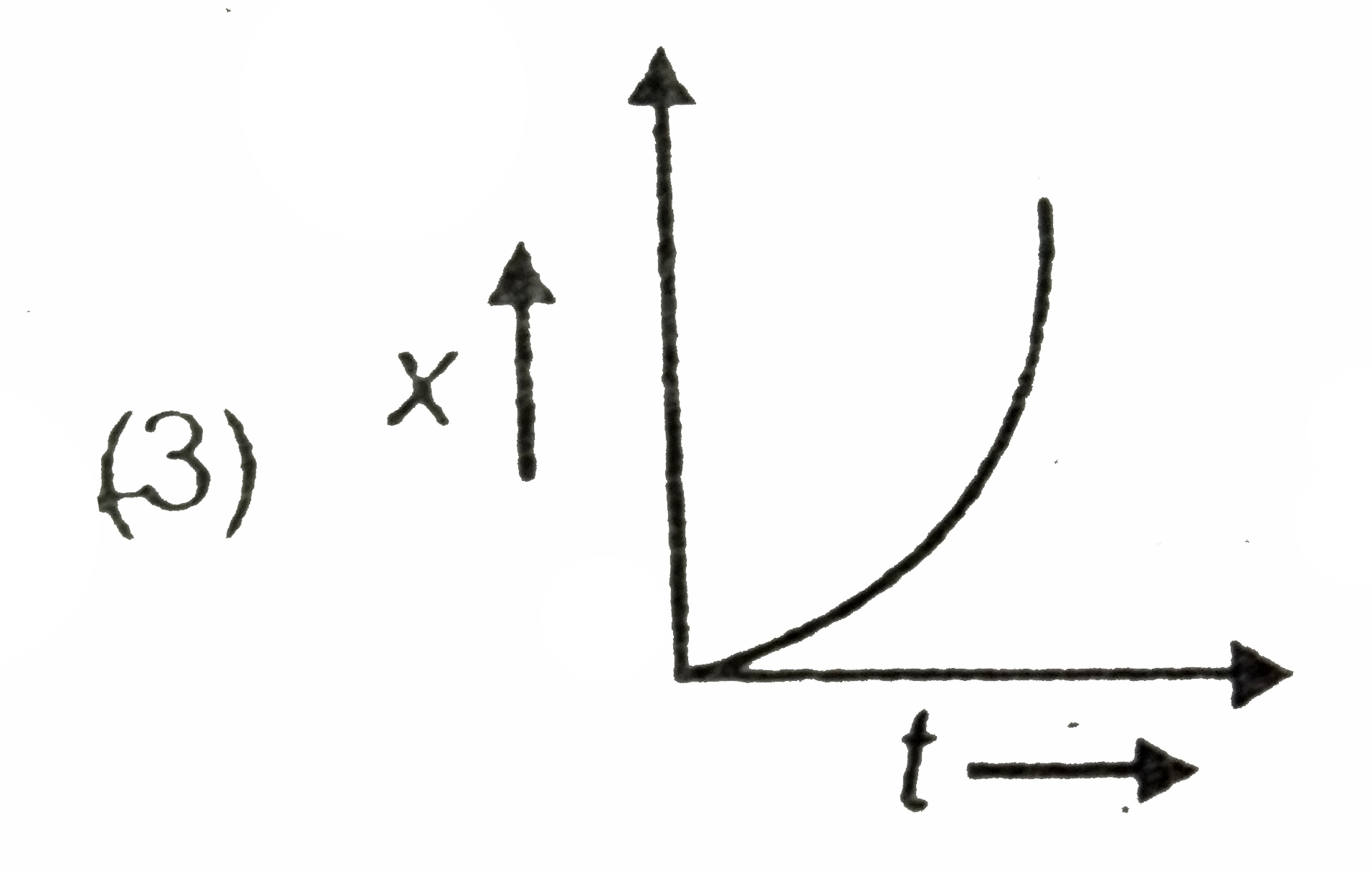 D
D
Which of the following graphs represents correctly the variations of 0.5mv2max with the intensity of incident radiations of a constant frequency ?
A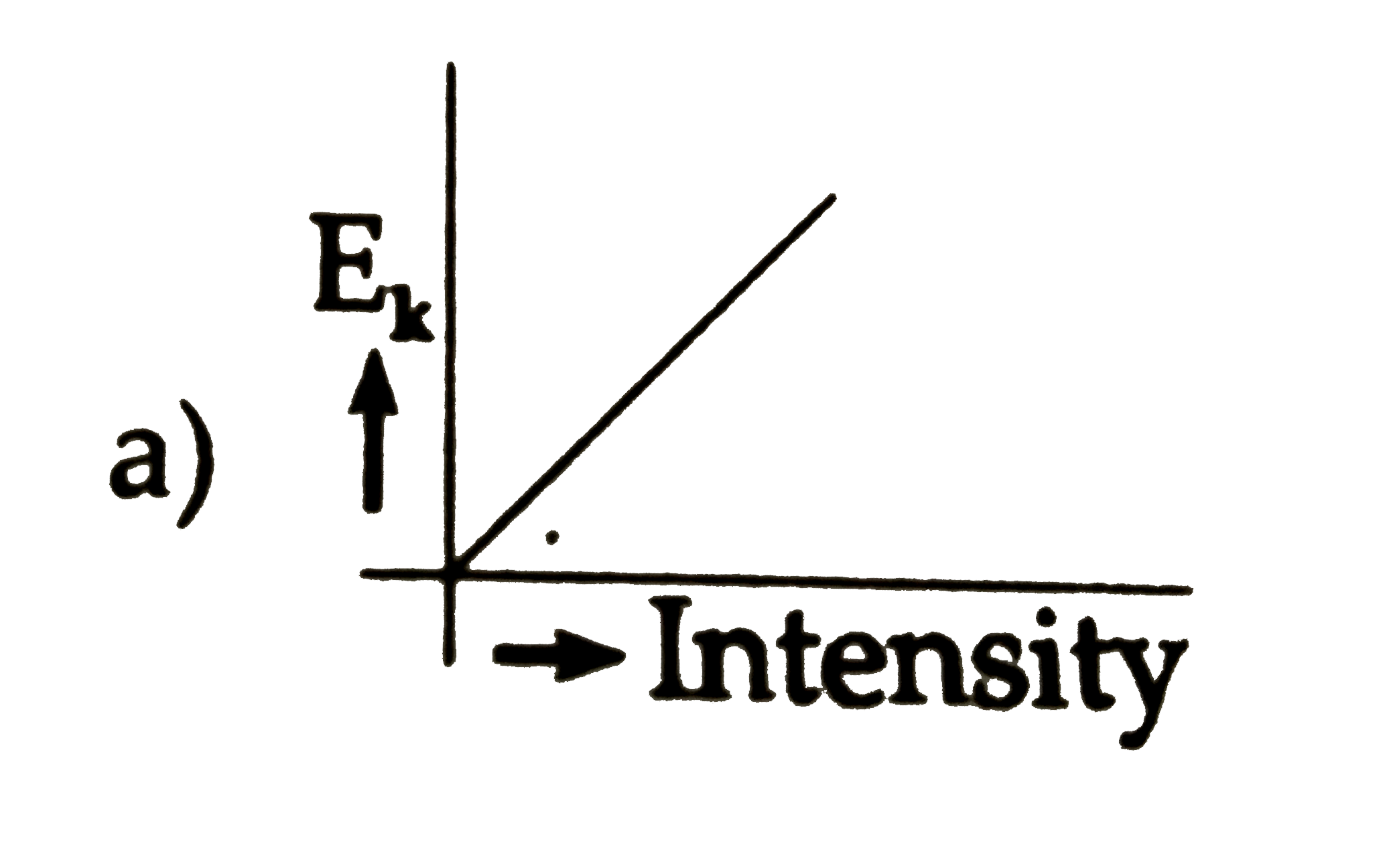 B
B C
C D
D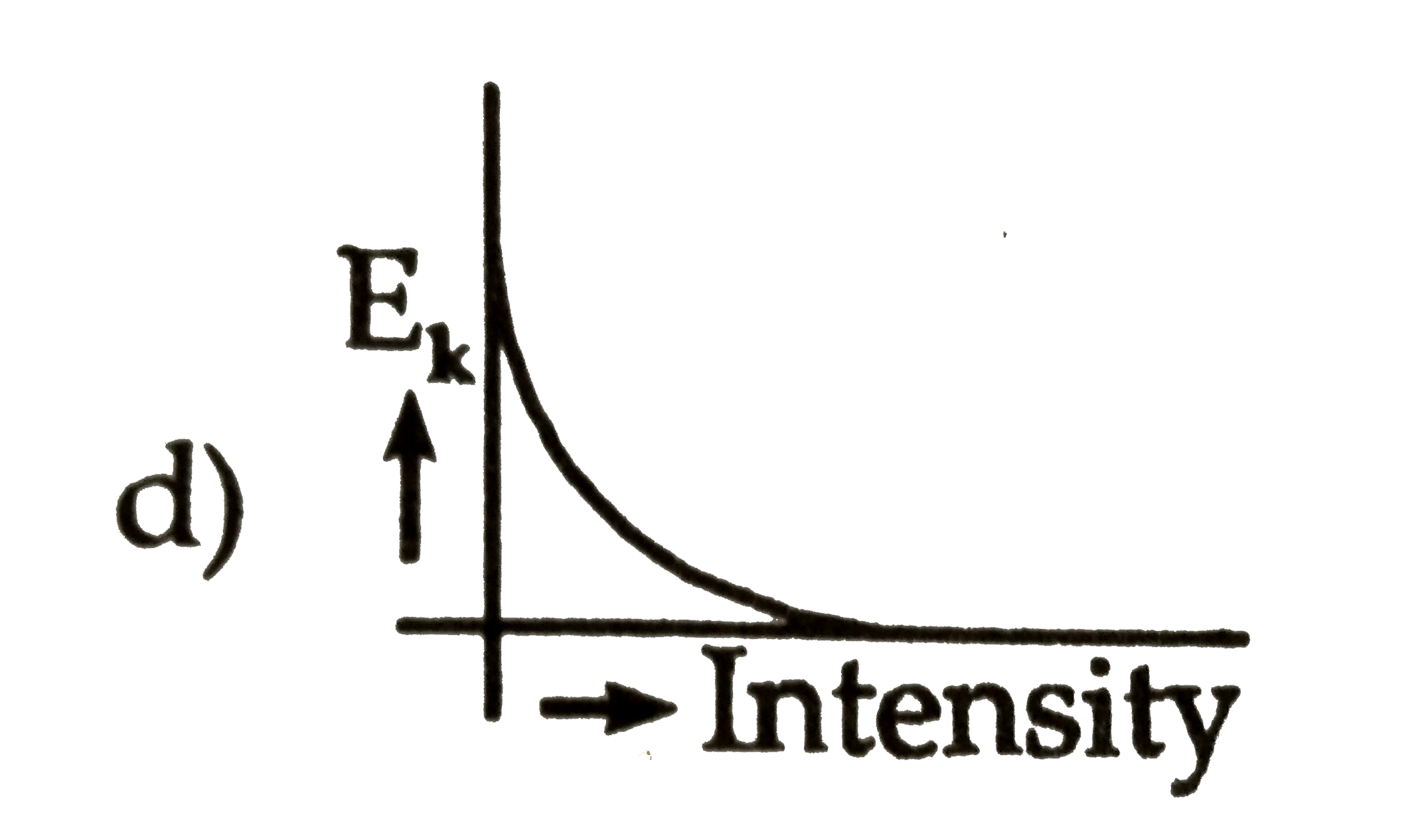
Which of the following graphs shows the variation of acceleration due to gravity g with depth h from the surface of the earth ?
 A(a)B(b)C(c )D(d)
A(a)B(b)C(c )D(d)
A body moves from rest with a constant ac- celeration. Which of the following graphs represents the variation of its kinetic energy (E) with distance travelled (x)?
View SolutionA body moves from rest with a constant acceleration. Which one of the following graphs represents the variation of its kinetic energy K with the distance travelled x?
View SolutionA body moves from rest with a constant acceleration. Which one of the following graphs represents the variation of its kinetic energy K with the distance travelled x?
View SolutionWhich of the following graph represents the variation of amount of chemisorption of a gas by a solid with temperature under constant pressure?
View SolutionWhich of the following graphs correctly represents the variation of β=−(dVdP)/V with P for an ideal gas at constant temperature
View Solution
